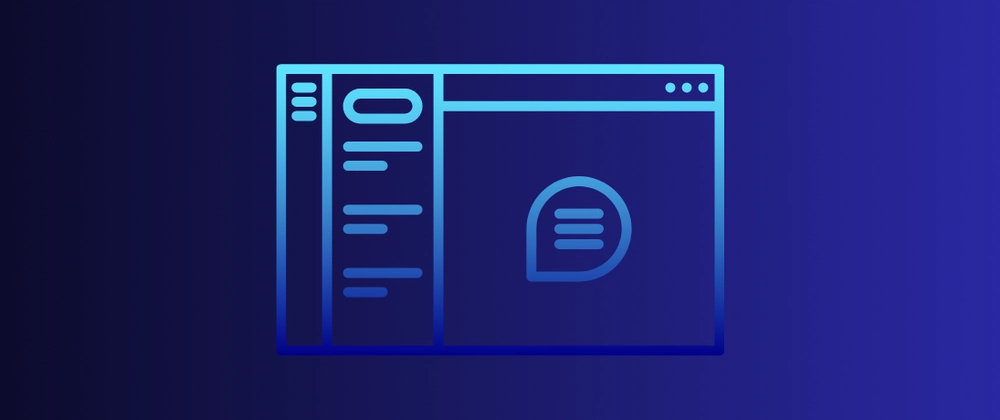The transformation of collaborative work reveals fascinating technical patterns in how teams interact with shared content. Through our experience delivering the Manage and Extend Microsoft 365 Copilot (MS-4017) course, we've observed how Microsoft Loop's technical architecture enables fluid collaboration that adapts to modern work patterns.
Component Architecture Evolution
- The technical implementation of Loop components reveals sophisticated patterns in content synchronization and state management.
- These components transform traditional static content into dynamic, synchronized objects that maintain consistency across different applications and contexts.
- This architectural approach enables real-time collaboration while maintaining data integrity and performance.
Workspace Implementation Patterns
- Loop workspaces demonstrate interesting technical patterns in how they manage collaborative content.
- The underlying architecture supports fluid organization while maintaining necessary structure and performance.
- This technical foundation enables teams to create dynamic work environments that adapt to their specific needs without sacrificing reliability or responsiveness.
Integration Architecture
- The integration patterns between Loop and other Microsoft 365 services reveal sophisticated technical design.
- Components maintain state consistency across different applications while supporting real-time updates and conflict resolution.
- This architectural approach enables seamless collaboration across different tools while maintaining data integrity.
Real-time Collaboration Framework
- The technical implementation of real-time collaboration shows fascinating patterns in state management and conflict resolution.
- Loop's architecture enables multiple users to work simultaneously while maintaining consistent state across different sessions.
- This technical foundation supports both synchronous and asynchronous collaboration modes effectively.
Data Structure Evolution
- Loop's approach to data organization reveals interesting technical patterns in how information is structured and synchronized.
- The architecture supports dynamic content organization while maintaining performance and reliability.
- This technical foundation enables teams to create flexible information structures that evolve with their projects.
Meeting Integration Architecture
- The technical integration between Loop and Teams meetings demonstrates sophisticated patterns in how different collaboration modes are unified.
- The architecture enables seamless transition between synchronous and asynchronous work while maintaining context and data consistency.
- This technical approach enhances meeting productivity and follow-up effectiveness.
Version Control Implementation
- Version management in Loop reveals interesting technical patterns in how content changes are tracked and synchronized.
- Rather than traditional version control, the architecture supports fluid content evolution while maintaining history and accountability.
- This technical approach enables natural content development while preserving necessary controls.
Search Architecture
- The search implementation in Loop environments shows sophisticated patterns in content indexing and discovery.
- The technical architecture enables relevant content surfacing across different contexts while maintaining performance.
- This approach enhances information discovery and reuse across team workspaces.
Security Implementation
- Security architecture in Loop demonstrates interesting patterns in how access control and data protection are implemented.
- The technical design enables granular permissions while maintaining collaboration fluidity.
- This balanced approach supports productive teamwork while protecting sensitive information.
Technical Evolution
Looking ahead, several technical patterns emerge:
- AI integration enhances collaborative capabilities through sophisticated algorithms
- Component architecture expands to support more complex scenarios
- Integration patterns evolve to support broader application ecosystems
- Collaboration frameworks become more intelligent and adaptive
Share your Loop implementation experiences in the comments. What technical patterns have you discovered? How have you integrated Loop components into your development workflow?



Top comments (0)